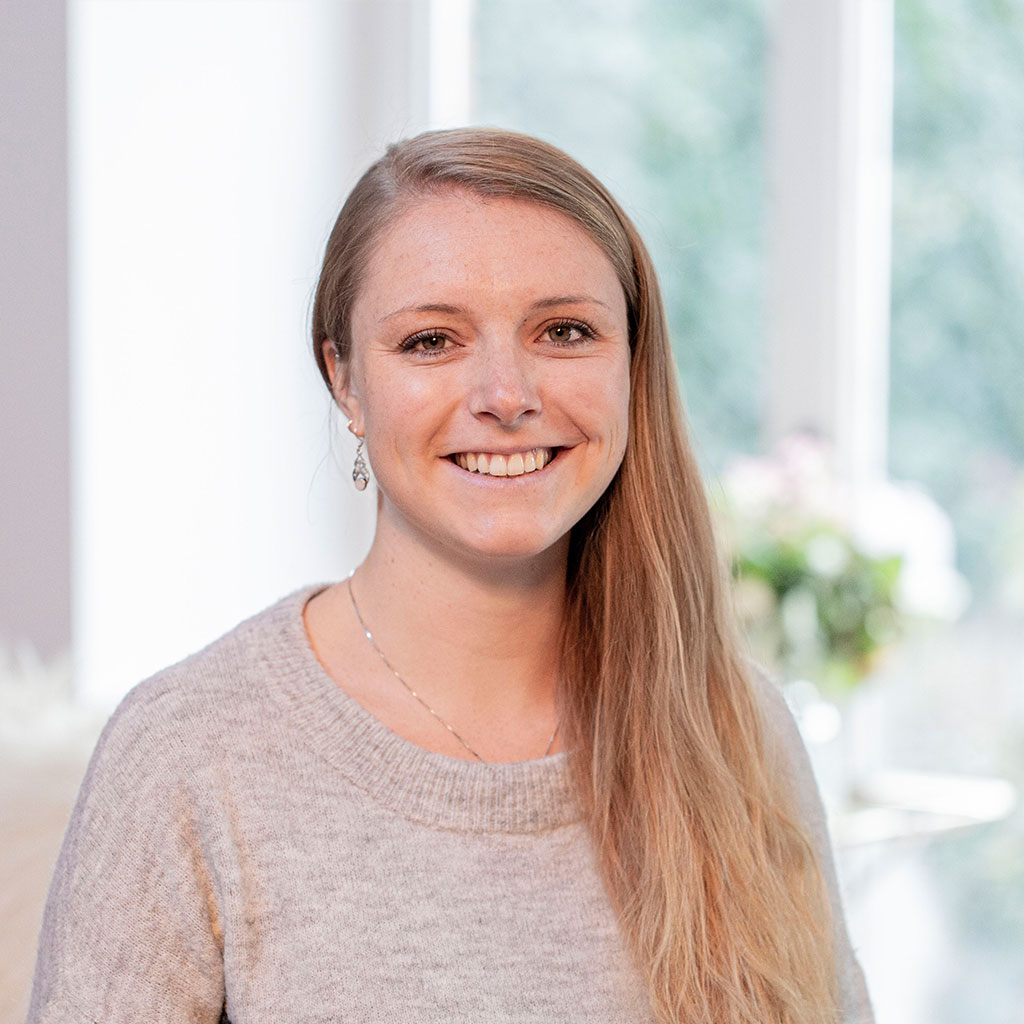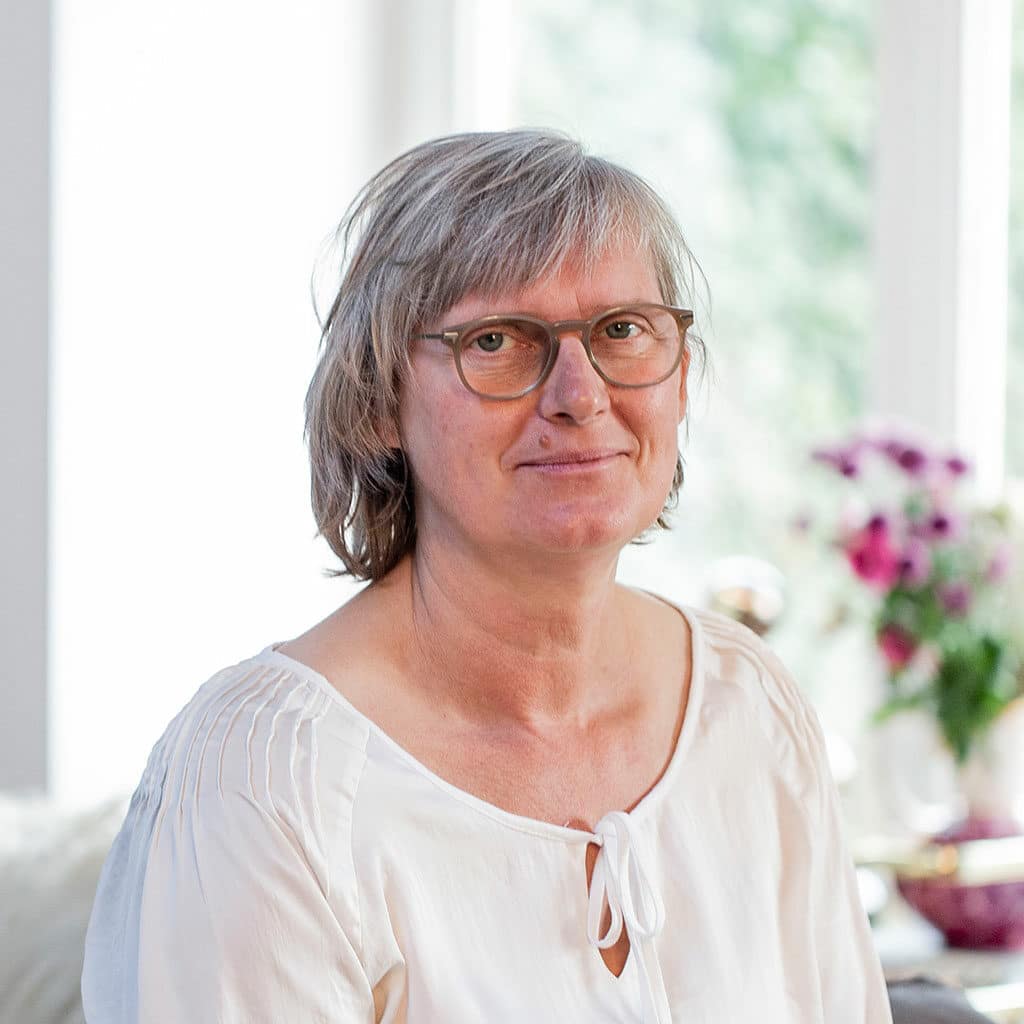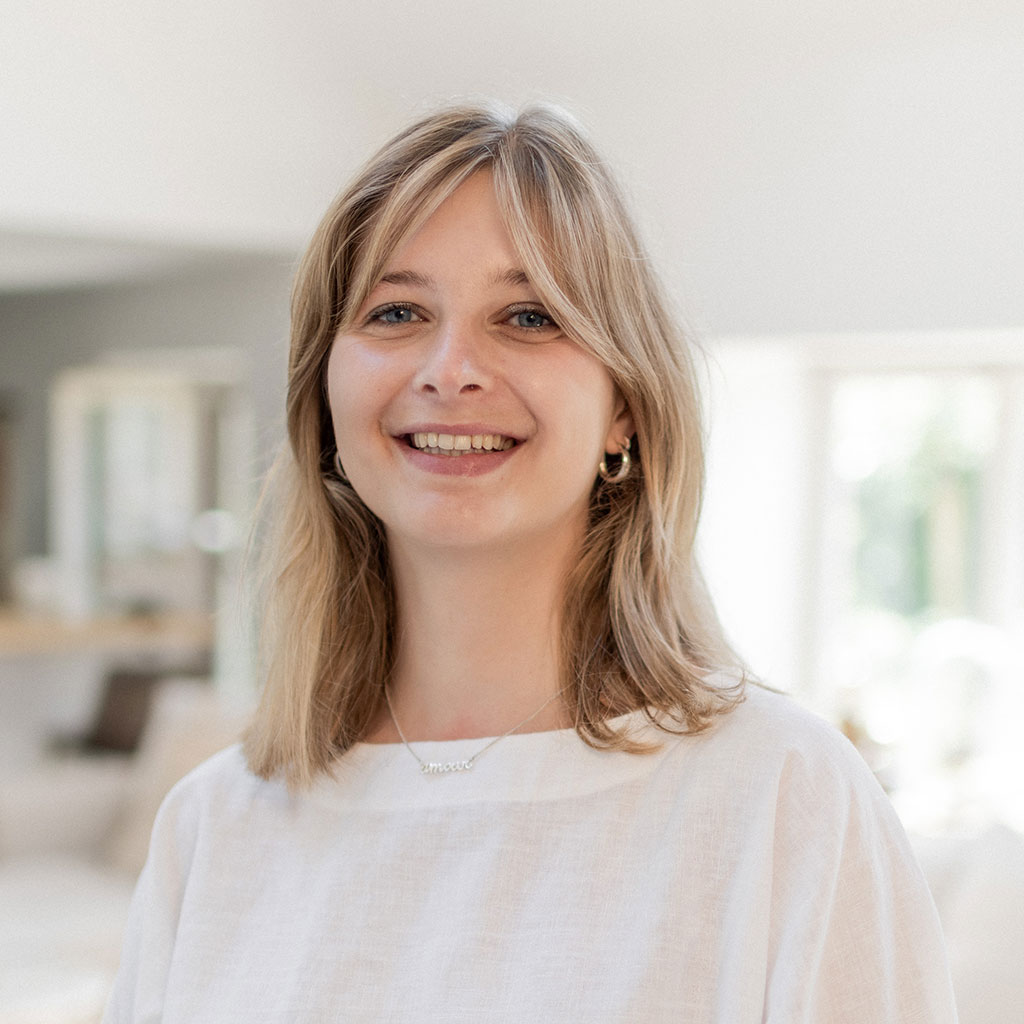General Complaints
Everyone can receive a customized treatment in the practice of Colette Peeters.
As osteopathic doctors we make an important contribution to the examination and treatment of symptoms and complaints that are already present. But the prevention of complaints and injuries is becoming increasingly important, too.
Through manual techniques we can stimulate the blood flow, improve movement or support compensatory mechanisms.
Our treatment techniques include manipulations, mobilizations, stretches, and fascia techniques to obtain an interaction between joints, muscles, nerves, blood vessels, and organs. In this way, osteopathy promotes blood flow, stimulates movement, improves physical functioning, and thus helps maintain or restore health.
All techniques are adapted to the age of the patient and the nature of the problem..
The treatment is highly individualized & patient-oriented: a clear explanation and informed consent always precede the osteopathic examination and treatment.
Complaints
- constipation, irritable bowel syndrome (IBS), stomach pain, reflux
- jaw complaints, clinching, grinding, tongue pressing
- back and pelvic complaints, lumbago (severe acute pain in the lower back), disc injuries, herniated disc or radiation in the legs (ischialgia), piriformis syndrome
- neck or shoulders (e.g. trapezius syndrome, mouse arm or RSI), torticollis, whiplash, rotator cuff syndrome
- headache, migraine, cluster headache, trigeminal nerve syndrome, tension headache
- dizziness, tinnitus, swallowing disorders
- recurrent sinusitis
- blockage of foot bones, inversion and eversion traumas
- iliotibial friction syndrome, trochanteric pain syndrome
- meniscus complaints
- restless legs, venous insufficiency legs, leg cramps
- groin pain
- pubalgia
- pain when breathing, rib blockages, Tietze syndrome
- thoracic outlet syndrome
Evenwicht
We strive for a balance between the 5 major systems (WHO benchmarks), namely:
- the biomechanical structures (joints, muscles, ligaments, ...)
- the respiratory and circulatory structures (respiration, blood flow, ...)
- the neurological and endocrine structures (peripheral nervous system, autonomic nervous system, neuroendocrine system, proprioceptive functions, ...)
- the biosocial structures (environmental, socio-economic, cultural, psychosocial factors)
- the bio-energetic structures (maintaining a balance between the production, distribution and expenditure of energy)
The goal of the osteopath is to examine the mobility of these structures and to correct them where necessary.
You will receive comprehensive advice on the treatment plan you need to follow.


